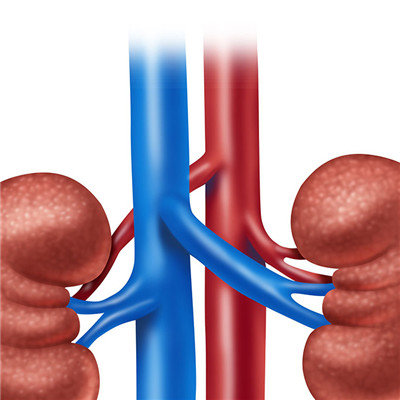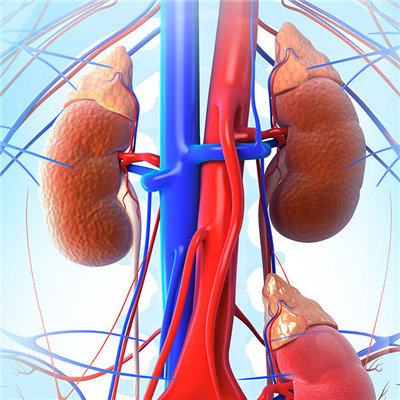Does parapelvic cyst need to be treated or not?
summary
Due to the popularity of physical examination in modern society, we often check renal cysts. If further CT examination is carried out, sometimes CT will report renal pelvic cysts. Seeing this term, many people are very nervous and confused, and they urgently want to carry out surgical treatment. Then what is renal pelvic cysts? Do they need surgery?
Does parapelvic cyst need to be treated or not?
Parapelvic cyst is a rare type of renal cystic diseases, accounting for about 1% to 3% of renal cystic diseases. It is a non hereditary disease, mainly refers to the cyst near the renal pelvis, which can be caused by congenital dysplasia or acquired renal obstruction. The disease usually develops slowly without conscious symptoms. It can cause pain in the affected side of waist and abdomen, hematuria, urinary tract infection, stones, hydronephrosis of renal pelvis and calyces, hypertension and other symptoms due to cysts squeezing the renal collecting system or renal pedicle vessels.

The diagnosis of parapelvic cyst is mainly based on imaging. Ultrasound of urinary system can show smooth and regular anechoic area near renal hilum or in renal sinus, with complete cyst wall. However, ultrasound can not report parapelvic cyst, and only report renal cyst. Intravenous pyelography can only indicate whether the cyst is connected with renal collecting system, and can not identify calyceal diverticulum, Enhanced CT and three-dimensional reconstruction of urinary system is of great clinical value, which can more accurately provide the location of cyst and the relationship with renal pedicle vessels.

It is generally believed that when the cyst is small, there are no obvious symptoms, because its location is deep, and there are renal pelvis and renal artery and vein around it. It is generally not recommended that the patient should be operated immediately, and regular follow-up (half year follow-up) is recommended. When the diameter of the cyst is larger, more than 4cm, or compression symptoms and complications appear, the operation should be actively treated. The common surgical methods include open or laparoscopic unroofing and decompression of parapelvic cysts, percutaneous nephrolithotomy and drainage, flexible ureteroscopic holmium laser incision and drainage of cysts, etc.

matters needing attention
With the application and development of ureteroscopy technology, we can use the natural cavity of human urinary system to carry out operation, locate the cyst in the renal pelvis, cut the cyst with holmium laser and remove the wall of the cyst, with less bleeding, short operation time, less trauma to patients, and faster postoperative recovery.


















